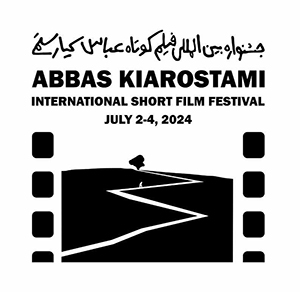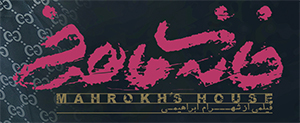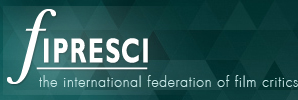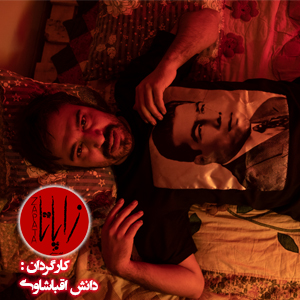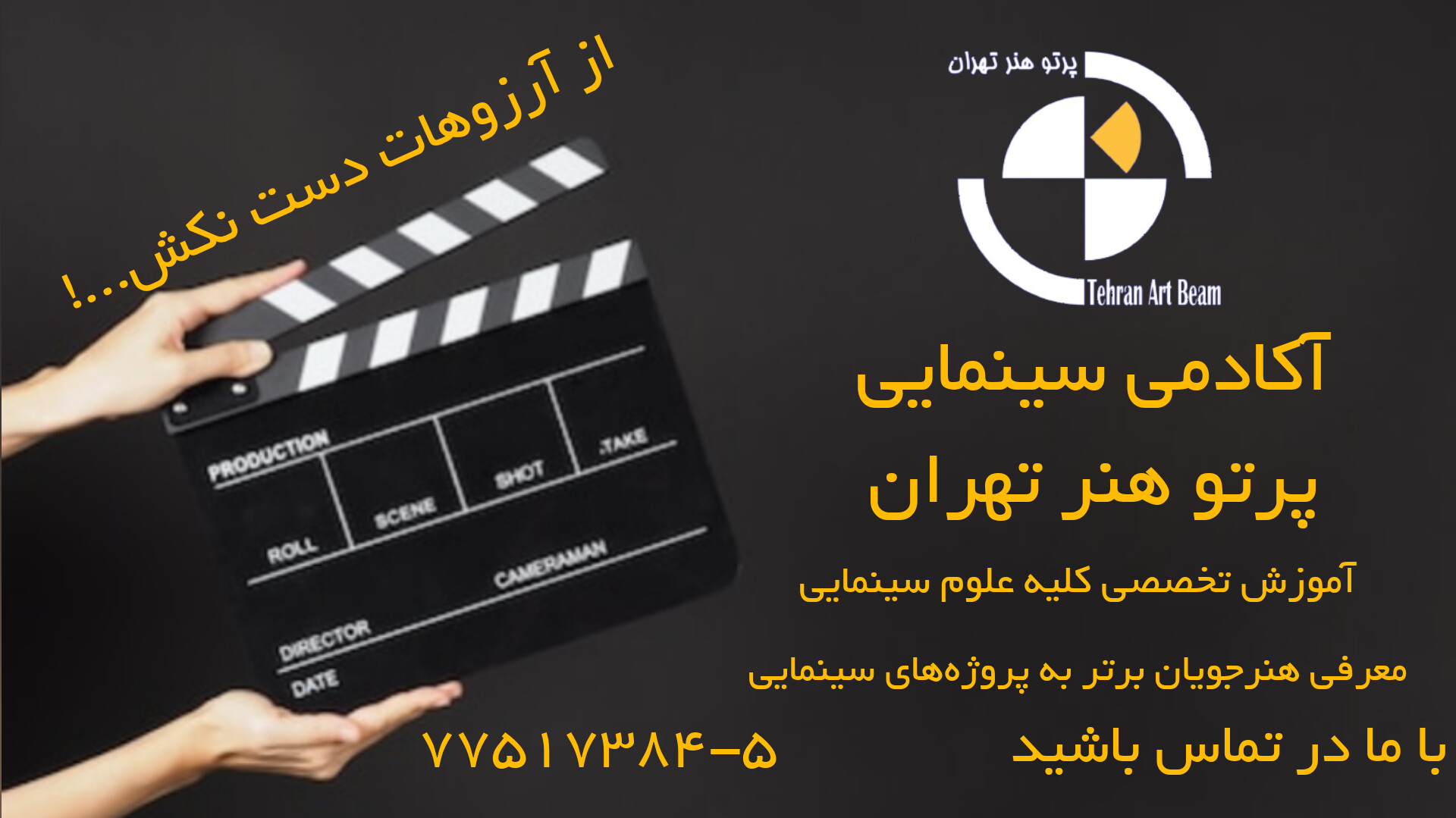
By: Hamed Soleimanzadeh
Jean-Max Mejean
Writer and Film Critic/France
How much do you know about Iranian culture? Do you know any Iranian artists out of the field of cinema
I know that Iran has a much enriched cultural background. I studied about Iran and its monarchy during my school days. Iran is a Middle Eastern country that has always amazed the Western world with its wealth and art. In the 80s, and during the Revolution, we got more familiar with Iran because Ayatollah Khomeini was staying in Paris at that time, and he lived in Neauphle-le-Château, near Marguerite Duras’s house. Those days, we mostly knew the writers who had fled from the country and had taken refuge in France; writers such as Serge Rezvani. Through animated films, such as Marjane Satrapi's Persepolis, I learned more about Iran's situation after the Islamic Revolution. Among other Iranian well-known artists, I can name Pouya Ali Nia (Musician), Paria Vatankhah (visual artist), Golshifteh Farahani (actress), and Nahal Tajadod (writer) who was Jean-Claude Carrière’s wife. I know these people because some of these Iranian artists live in France. Unfortunately, I don’t know much about Iranian contemporary art, except for the cinema field
?How did you become acquainted with Iranian Cinema? And when was the first time you watched an Iranian film
There is a great deal of interest in Iranian cinema these days due to its fantastic quality and its focus on important social issues. There are many distinguished Iranian filmmakers. During the 1990s, Iranian cinema became more widely known in France, not only through the work of famous names such as Abbas Kiarostami. I personally discovered Iranian cinema in Paris through two films, and after that, I became a devoted fan of this cinema. Mohsen Makhmalbaf was already well known in France. Therefore, in 1998, I watched Samira Makhmalbaf’s The Apple. Her style, sophistication, and simple yet unforgettable images of her film were impressive. Later, and quite accidentally, I discovered Mohammad Haghighat’s Two Angels in 2003, and that’s how I came to know directors who work at Filmotheque du Quartier Latin Center for Max and Francoa Kaus. I discovered a talented young actress who was no one but the great Golshifteh Farahani. I enjoyed these two films for their Neorealist nature. And, when I watched Saeed Roostaei’s Leila’s Brothers at Cannes this year I realized that my idea about Iran cinema has not changed and it is still amazing
?What do you think are the most important subject matters that Iranian independent filmmakers should work on
Unlike Egypt in the Belle Epoque era, which dealt with solely romantic subject matters, Iranian cinema, regardless of the taboos, dealt and is dealing with social agendas, and this is in contrast to its severe and long struggle with the issue of social and personal freedom. Therefore, if we witness the strictness of the government on cinematographers, it is quite natural that some filmmakers are in the same situation as Jafar Panahi. This is the main reason why some directors leave the country to be free to do what they want.Ali Abbasi was one of these filmmakers who was born in Iran and is a Denmark citizen now. After making Shelley in 2016 and Border in 2018, He made a political film called Holy Spider. Of course, the government condemns that film and has condemned the Cannes festival for awarding Amir Ebrahimi the best actress award for this film. The other film I would like to mention is Panah Panahi’s Hit the Road which portrays the life of an Iranian family in its own way. Also, Mohammad Rasoulof’s There is No Evil, which can be considered his most political movie, strongly condemns the death sentence and execution. I can’t have enough of Iranian cinema’s passion and diversity of subjects. In 2022, I was the FIPRESCI Jury member at the Golden Apricot Film Festival in Yerevan, Armenia, and we gave the award to an incredible film from Iran called The Apple Day by Mahmoud Ghafari for its faithfulness to the traditions of Italian Neorealism
?What are the main factors for the success of Iranian cinema at variety of film festivals in the world
The reason for this success is mainly the high quality of the works presented at these festivals. None of the films we’ve watched at cinemas in France were neutral, and none of them were cheap and unworthy RomComs with pointless subjects. The other reason is the truthful reflection of Iran’s political and social situation. Aesthetically, there is always a poetic and humanistic dimension in light, color, image, characterization, and scenario that is close to realism. I remember how I became familiar with Kiarostami’s works at festivals. He was the grand master of Metaphysics cinema whereas Jafar Panahi knew how to enter the film festivals by making controversial movies such as This Is Not a Film, Taxi, and 3 Faces. I believe, in his films, Panahi portrays a modernity that is still imbued with Iranian traditions. But, now, I have to mention his most important movie which is Golden Crimson which was made in 2003 and it was an international success
?Which of the Iranian filmmakers do you like the most
First, I should note that just as much as I enjoy Italian cinema of the 50s and 70s because of its universality, I enjoy Iranian cinema in general, regardless of any specific name or individual filmmaker, and yet, I can name a few of them here. As I mentioned before, Abbas Kiarostami and his short and feature films such as The Chorus, Where Is the Friend’s House?, The Wind Will Carry Us, and many others. Next to him, I can name Jafar Panahi whose works are extremely interesting both in idea and style; works such as The White Balloon, The Mirror, Circle, and Crimson Gold. It’s hard to name a favorite director, but I want to mention Asghar Farhadi as well. In 2006, I was amazed by his Fireworks Wednesday. After that, I enjoyed watching A Separation, The Past, and The Salesman. I didn’t like Everybody Knows that much, but fortunately, he returned powerfully with A Hero. There is an unfortunate lack of distribution of films by Iranian female directors, such as Samira Makhmalbaf, in France, and French distributors should do more to support Iranian female directors
?Which cinematic movements in the world, whether before or after the Islamic Revolution, have influenced Iranian cinema
I didn’t know anything about Iranian cinema until the 80s which is at the exact time of Ayatollah Khomeyni and therefore, I can’t give any opinions on that era. As I mentioned before, paradoxically, Iranian cinema benefits from the support of the government to diversify and create new works, and at the same time facing censorship. As we have already witnessed in history, cinema has always been a great propaganda tool, but Iran has been able to promote a kind of cinema that has nothing to do with propaganda. The directors’ courage and will in this regard is remarkable. Iranian cinema is rarely influenced by that of the United States of America or Egypt, whereas the occasional threat, coupled with their relative freedom to work, has led them to follow patterns similar to those of Italian Neorealism or Russian Expressionism
?Are you familiar with the new generation of Iranian filmmakers
My knowledge of the new generation of Iranian cinema is limited due to the lack of films from this generation being screened at film festivals and cinemas in France. I believe it is a good idea to hold a big film festival in France for Iranian films only. I know Hossein Rajabian and also know Saeed Roostaei who I think will succeed greatly in his career. I’d like to know the new generation of Iranian filmmakers
?What is your opinion regarding the status of women in Iranian cinema
- Iranian actresses are amazing and impressive. I can name Zar Amirebrahimi who won the Best Actress award at Cannes to Taraneh Alidoosti who can be considered a modern Anna Magnani (Italian actress) and acts brilliantly in Asghar Farhadi’s films. I can also mention Leila Hatami, Ali Hatami’s daughter, Behnaz Jafari, and Golshifteh Farahani who are famous in France. On the other hand, we know nothing about Iranian women directors, except for the ones I named before. This can have two reasons: either there are few of them or international distributors haven’t discovered them yet, which is a shame indeed
?What do you think is the future for independent filmmakers in Iran
Iranian cinema is both a necessary force to promote this art in the world and also is a requirement to expand and develop culture in Iran. It must not be ignored or censored. Just as any other type of art, cinema needs freedom to create beauty and to date, Iranian directors have presented an eminent image of the country based on their cultural background and values. No matter the changes in the country, the culture persists. I am confident that Iranian cinema will survive and continue to present magnificent and lasting works for many years to come. As a result of the strength of Iranian directors, actors, critics, and teachers, this prediction is expected to come true
https://telegram.me/filmmagazine
https://www.instagram.com/filmmagazine.official
FilmMagazine.official (aparat.com)
[FIlm Magazine NO. 605]





